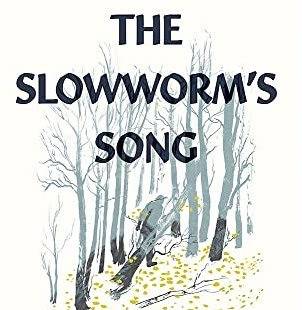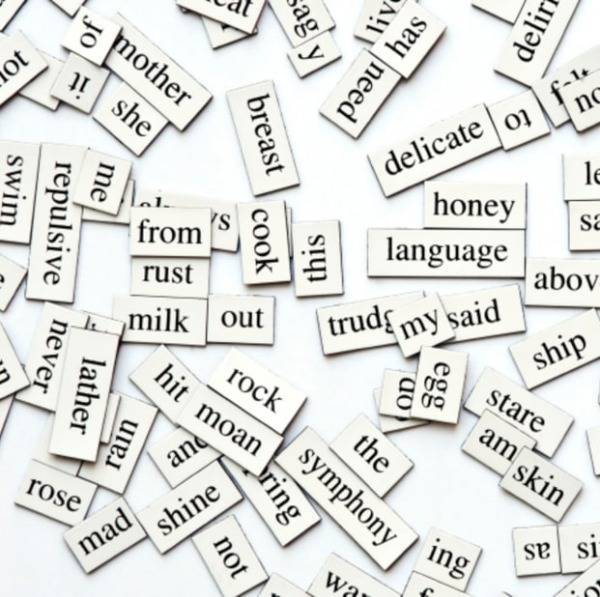 Why don’t our newspapers and general magazines employ someone as absorbing and obviously useful as a drink columnist? They’re lousy with health correspondents, relationship counsellors and people taking a menacing interest in your “wellbeing”. I bet you couldn’t throw a brick in the offices of the Sunday Times without hitting a food writer, but there’s no one to take care of the really fun stuff. True, there tends to be a fair amount about wine, much of it worth knowing I don’t doubt, but that doesn’t quite answer the case. What is needed is a writer with a lightly worn but commanding knowledge of alcohol, an effortlessly entertaining wit coupled with an uncontrollable curiosity and a dedication to conducting the necessary research that always falls just short of fanaticism. What we need is another Kingsley Amis. We’ve got a drinks tsar, for some reason, but if we think we’re old enough to look after ourselves then we should welcome a guide to the higher pleasures.
Why don’t our newspapers and general magazines employ someone as absorbing and obviously useful as a drink columnist? They’re lousy with health correspondents, relationship counsellors and people taking a menacing interest in your “wellbeing”. I bet you couldn’t throw a brick in the offices of the Sunday Times without hitting a food writer, but there’s no one to take care of the really fun stuff. True, there tends to be a fair amount about wine, much of it worth knowing I don’t doubt, but that doesn’t quite answer the case. What is needed is a writer with a lightly worn but commanding knowledge of alcohol, an effortlessly entertaining wit coupled with an uncontrollable curiosity and a dedication to conducting the necessary research that always falls just short of fanaticism. What we need is another Kingsley Amis. We’ve got a drinks tsar, for some reason, but if we think we’re old enough to look after ourselves then we should welcome a guide to the higher pleasures.
Among Amis’s literary output the journalism on drinking, recently collected and published with an introduction by (who else?) Christopher Hitchens, is in no way the least achievement because it is a reminder and a record of a culture that is incrementally slipping away. Obviously a vast and stupefying amount of booze still gets put away. But, trimmed by health scares and an encroaching primness, the easy and unembarrassed public familiarity with drink and even drunkenness that underpins the book is waning. It is unlikely (or feels like it, anyway) that a paper will hire someone to write about booze in quite this way again.
You can often hear alcohol being compared (unflatteringly) with other drugs. Usually along the lines of “Why do we kill ourselves and other people with legal alcohol, when we should be killing ourselves and other people with legal coke, MDMA, glue, whatever?” One answer might be that no other intoxicant has ever come close to gathering about itself such a weight and variety of cultural endeavour. Nor has any other drug succeeded in inspiring so many inventive and variegated ways to be mixed and presented to the enthusiast. Not even hashish, with its umpteen strains and baroque rituals, pipes and paraphernalia and assorted tat, has ever come within a whisker of evolving a similar deep-rooted cultural patrimony.
Amis proves this point with a bracingly comprehensive list of cocktails, though some will be of more practical use than others. There are handy recipes for imperishable classics such the Dry Martini, the Bloody Mary and the Old Fashioned, but why not get back to your Anglo-Saxon roots (if you possess them) with Cock Ale?
Take ten gallons of ale and a large cock, the older the better; parboil the cock, flay him, and stamp him in a stone mortar till his bones are broken (you must craw and gut him when you flay him), then put the cock into two quarts of sack, and put it to three pounds of raisins of the sun stoned, some blades of mace and a few cloves; put all these into a canvas bag, and a little before you find the ale has done working, put the ale and bag together into a vessel; in a week or nine days bottle it up.
Queen Victoria is always a productive source of historical anecdote, and here she provides at least two that tend to stick in the mind: 1: She demonstrated a lifelong, steady and near contemptuous dislike of teetotallers. 2: She had a constitution powerful enough to cope with her favourite dinnertime drink, a dauntingly vile concoction of red wine cut with whisky.
At first blush, Amis’s guiding principle seems to be to turn on the flow of palatable drinks and ensure that it is never turned off. But there is another purpose. What he was after was a certain type of unrestrained but civilised conviviality. The kind of generous and sociable cheerfulness that only alcohol can engender through its sacred ability to suspend or abolish the inherent tension of having to spend time among other human beings. Liberality was the key and a parsimonious hand with the bottle an enemy ranked alongside pretension or the tendency to bore.
Like a bottle of Laphroaig, this book is full of good things, many of them familiar though others are more intriguing: Take a bottle of Amontillado sherry and stir in the juice of a lemon and six teaspoons of sugar. Add ice cubes, stir and pour in a quart bottle of chilled dry cider. Makes 10 drinks.

